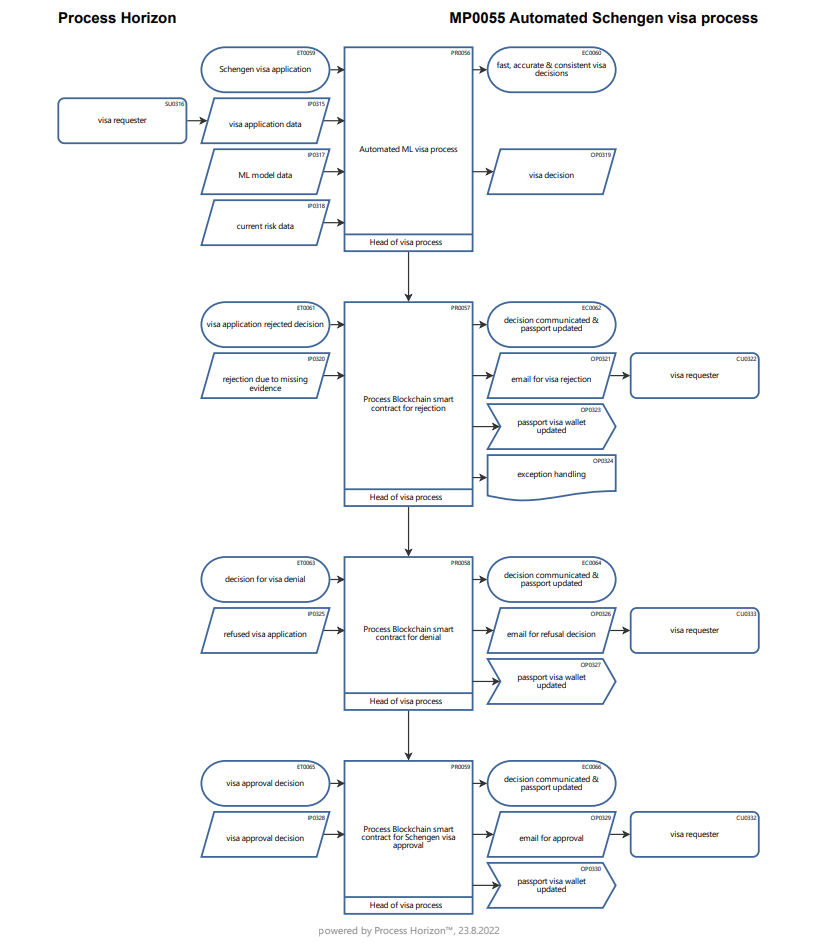The versatility of a multi-dimensional All-in-One process & data mapping architecture for AI

Why using a multi-dimensional All-in-One process & data mapping tool in support of responsible and trustworthy AI application design and deployment ?
Sources > Data Input > Process > Data Output > Customer destination
1. Comprehensive Understanding:
- Processes Clarity: Helps in mapping out all processes clearly, ensuring a thorough understanding of data flow, transformations and decision points.
- Data Visibility: Provides a comprehensive view of data sources, transformations and usage, enhancing transparency.
2. Holistic Approach:
- End-to-End View: Allows for a holistic view of the entire AI/ML project lifecycle, enabling better management and optimization.
- Integrated Workflow: Integrates data processing, feature selection, algorithm selection, training, and deployment into one cohesive workflow, minimizing silos and enhancing collaboration.
3. Responsible AI Design:
- Ethical Considerations: Facilitates tracking and monitoring of data sources, ensuring ethical and unbiased data usage.
- Interpretability: Helps in understanding which data inputs influence AI decisions, enhancing the interpretability of AI models.
4. Trust and Transparency:
- Traceability: Allows for tracing back every output or decision to its source, promoting trust and accountability.
- Explainability: Facilitates explaining AI/ML outcomes by visualizing the entire process, making it easier to communicate complex models to stakeholders.
5. Efficient Issue Resolution:
- Problem Identification: Provides a clear map for issue identification, allowing quick resolution of problems related to data quality, model performance, or other process bottlenecks.
- Root Cause Analysis: Enables tracing issues back to their source, facilitating root cause analysis and preventing similar problems in the future.
6. Adaptability and Improvement:
- Iterative Development: Allows for iterative improvements by visualizing the impact of changes across the entire workflow, promoting continuous enhancement.
- Feedback Integration: Eases the incorporation of feedback loops, enabling the AI system to learn and adapt over time.
7. Regulatory Compliance:
- Compliance Management: Facilitates compliance with regulations such as GDPR by clearly documenting data sources, handling, and processing methods.
- Audit Trails: Provides detailed audit trails, ensuring that all steps are documented for regulatory and auditing purposes.
Explore the smart ProcessHorizon web app for holistic automated process & data mapping: https://processhorizon.com

